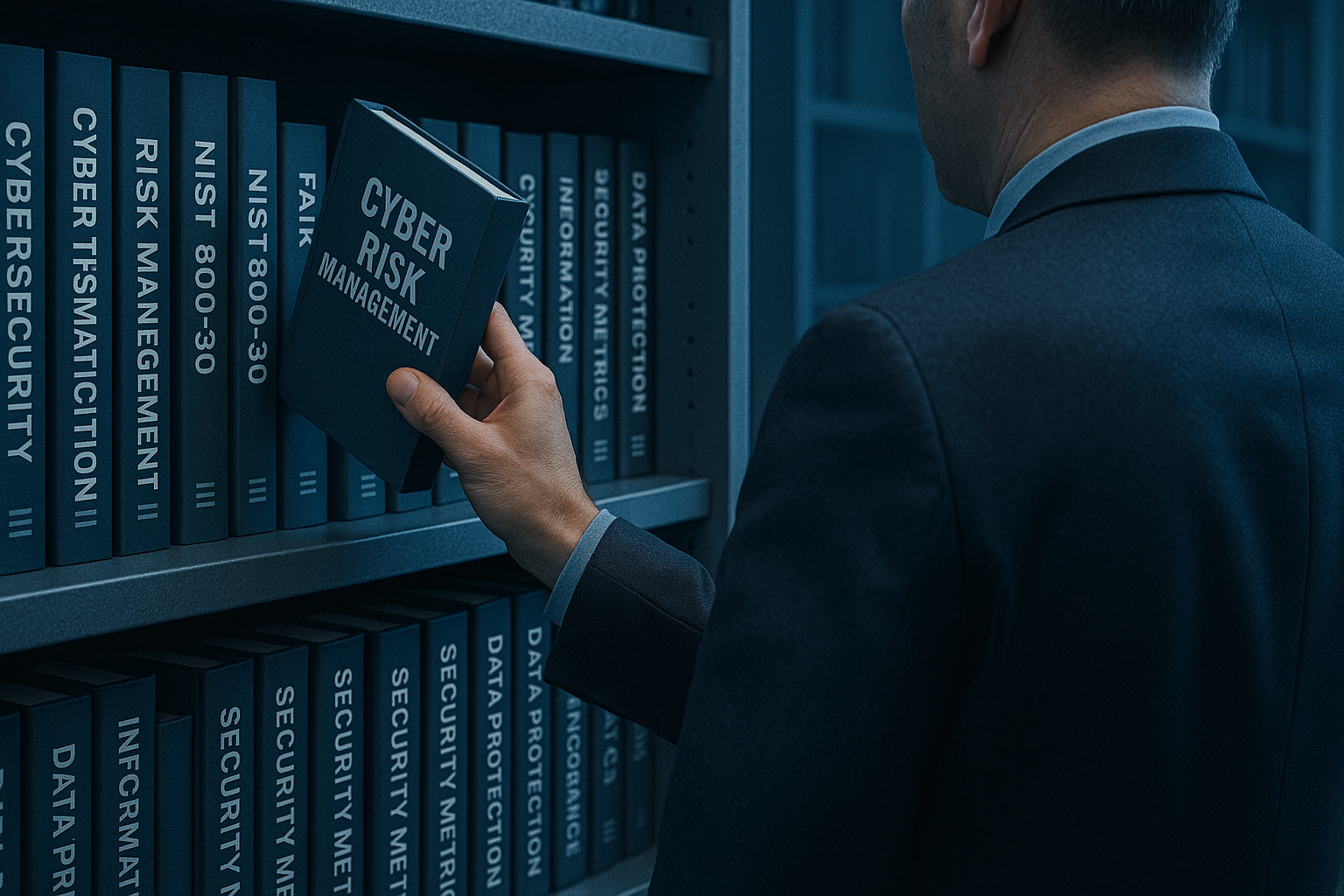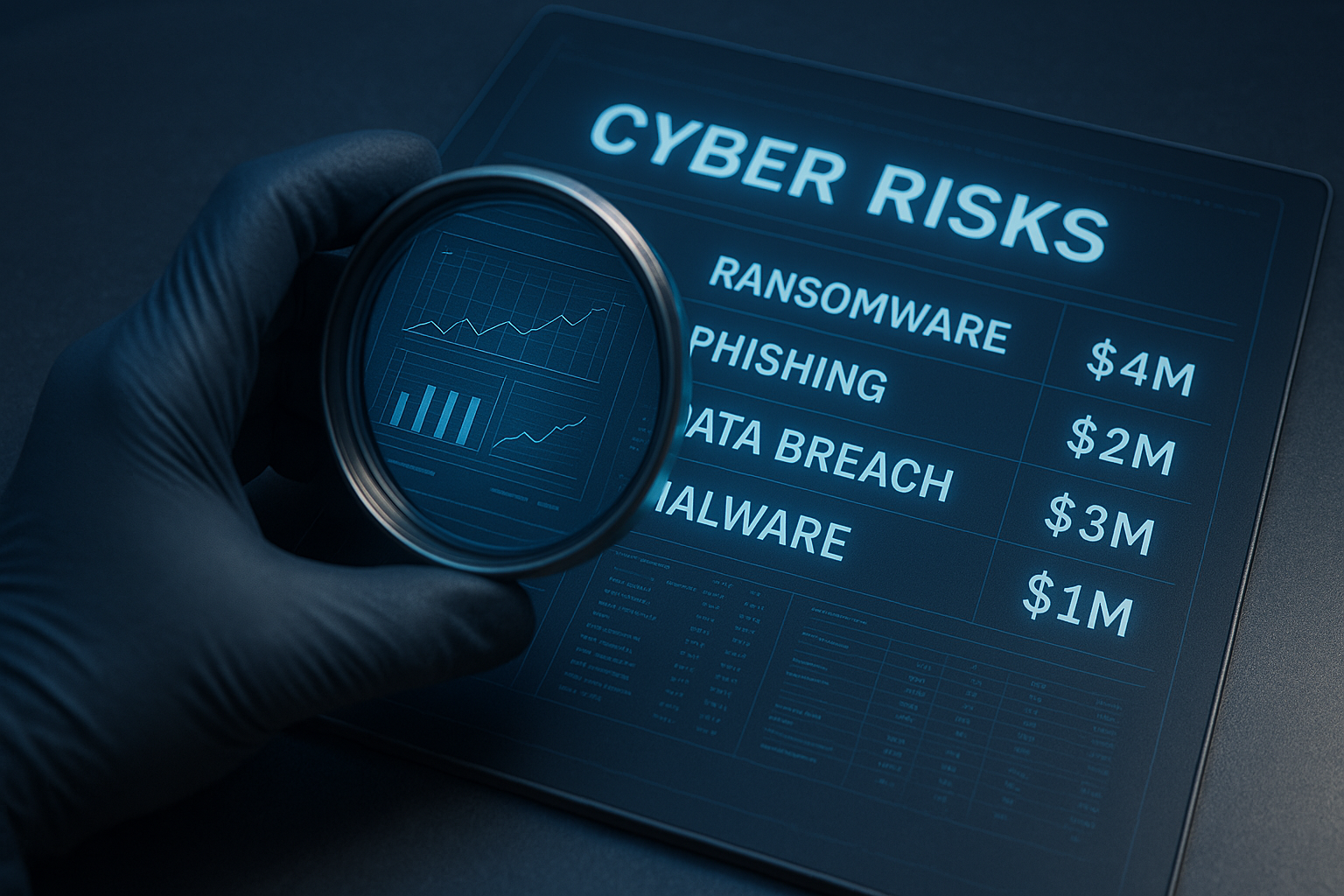As a gold standard for cybersecurity in the United States and the foundation for many new standards and regulations starting to emerge today, the National Institute of Standards and Technology’s (NIST CSF) Cybersecurity Framework is more crucial than ever. Developed as a public and private sector collaboration led by NIST under a presidential executive order to improve critical infrastructure cybersecurity, the NIST Cybersecurity Framework core functions soon scaled beyond high-level energy and critical infrastructure - its outcomes-based approach allowed it to apply to almost any sector and any business size. This framework profile comprises the Framework Core, Profiles, and NIST Implementation Tiers. Here, we’ll dive into the Framework Core and the five core functions: Identify, Protect, Detect, Respond, and Recover.
What is a Cyber Security Framework?
Cybersecurity frameworks are standards and best practices designed to help organizations manage and reduce cyber and IT risks. They provide a structured approach to assessing, monitoring, and remediating existing and potential threats. This proactive approach to cybersecurity helps organizations protect their data, infrastructure, and information systems while facilitating communication among security leaders and executive stakeholders.
Common cybersecurity frameworks include the NIST CSF, ISO/IEC 27001, PCI DSS, HIPAA, and CIS Controls.
What is the NIST Cybersecurity Framework (CSF)?
NIST defines the framework core on its official website as a set of cybersecurity activities, desired outcomes, and applicable informative reference standards across critical infrastructure sectors. The Core presents industry standards, guidelines, and practices that allow communication of cybersecurity activities and mission objectives across the organization from the executive level to the implementation/operations at a high level. The NIST CSF categories, or core functions, contribute to building a solid business foundation and help identify cybersecurity, legal, and regulatory requirements. Keep reading for a NIST Cybersecurity Framework summary and guide.
NIST CSF Core Functions
NIST CSF: Identify
The first function of the framework, NIST, defines the Identify function as calling on the need to "develop the organizational understanding to manage cybersecurity risk to systems, assets, data, and capabilities.” The focus is on the business and how it relates to cybersecurity risk, especially considering the resources at hand. The outcome Categories associated with this function, for example, are:
- Asset Management
- Business Environment
- Governance
- Risk Assessment
- Risk Management Strategy
The NIST Identify function lays the groundwork for your organization's cybersecurity actions. Determining what environments exist, what risks are associated with them, and how they relate to your business goals is crucial to success with the Framework.
Successful implementation of the Identify function leads organizations to grasp all assets and environments within the enterprise, define the current and desired states of controls to protect those assets, and plan to move from the current to the desired states of security. The result is a clearly defined state of an organization’s cybersecurity posture articulated to technical and business-side stakeholders.
NIST CSF: Protect
Overall, NIST states that the framework's key functions aid an organization in expressing its cybersecurity risk management by organizing information, sharing sensitive information, enabling cybersecurity risk management decisions, addressing threats, and improving by learning from previous activities.
The Framework Core's Protect function is essential because it aims to develop and implement appropriate safeguards to ensure critical infrastructure services. The Protect Function supports the ability to limit or contain the impact of a potential cybersecurity event. According to NIST, examples of outcome Categories within this Function include Identity Management and Access Control, Awareness and Training, Data Security, Information Security Protection Processes and Procedures, Maintenance, and Protective Technology.
Where Identify focuses primarily on baselining and monitoring, Protect is when the Framework becomes more proactive. The Protect function covers access control, awareness, and training categories. These categories and the Protect function are manifested in two- and multi-factor authentication practices to control access to assets and environments, and employee training to reduce the risk of accidents and socially engineered breaches.
With breaches becoming increasingly common, employing proper protocols and policies to reduce a breach is especially crucial. The framework’s Protect function is the guide and dictates the necessary outcomes to achieve that goal.
NIST CSF: Detect
The Detect function requires the development and implementation of the appropriate activities to recognize the occurrence of a cybersecurity event.
"The Detect function enables the timely discovery of cybersecurity events. Examples of outcome Categories within this Function include Anomalies and Events, Security Continuous Monitoring, and Detection Processes."
The Framework Core's detection function is a critical step to a robust cyber program. The faster a cyber event is detected, the faster the repercussions can be mitigated.
Examples of how to accomplish steps towards a specific Detect function:
- Anomalies & Events: Prepare your team to have the knowledge to collect and analyze data from multiple points to detect a cybersecurity event.
- Security & Continuous Monitoring: Make your team monitor your assets 24/7, or consider using an MSS to supplement.
- Detection Processes: Attempt to know about a breach as soon as possible and follow disclosure requirements as needed. Your program should be able to detect inappropriate access to your data as quickly as possible.
Detecting a breach or event can be life or death for your business, making the Detect function of the Cybersecurity Framework critical to both security and business success. Following these standards and best practices and implementing these solutions will help you scale your program and mitigate cybersecurity risk.
Explore the NIST CSF Function Detect in-depth with these guidelines.
NIST CSF: Respond
NIST defines the Respond function as "Develop and implement appropriate activities to take action regarding a detected cybersecurity incident.”
"The Respond Function supports the ability to contain the impact of a potential cybersecurity incident. Examples of outcome Categories within this Function include Response Planning, Communications, Analysis, Mitigation, and Improvements.
The Respond function employs response planning, analysis, and mitigation activities to ensure that the cybersecurity program is continuously improving.
Starting with an incident response plan is a vital first step to adopting the Respond function, ensuring compliance with necessary reporting requirements, encrypted and transmitted securely for a given location and industry. An excellent next step is a mitigation plan - what steps will your team take to remediate identified risks to your program and organization?
NIST CSF: Recover
The Framework Core then identifies underlying key categories and subcategories for each function. It matches them with examples of Informative References, such as existing standards, guidelines, and practices for each subcategory (NIST).
According to the NIST framework, Recover is defined as the need to "develop and implement the appropriate activities to maintain plans for resilience and restore any impaired capabilities or services due to a cybersecurity event.
The Recover Function supports timely recovery to normal operations to reduce the impact of a cybersecurity event. Outcomes for this Framework's Core function include Recovery Planning, Improvements, and Communications.
NIST CSF Recover includes these areas:
- Recovery Planning: Recovery procedures are tested, executed, and maintained so that your program can mitigate the effects of an event sooner rather than later
- Improvement: Recovery planning and processes are improved when events happen, areas for improvement are identified, and solutions are put together
- Communication: Coordinate internally and externally for greater organization, thorough planning, and execution
The Recover function is essential not only in the eyes of the business and security team but also in that of customers and the market. Swift recovery with grace and tact puts businesses in better positions internally and externally than otherwise. Aligning a recovery plan will help ensure that, if a breach occurs, the company can stay on track to achieve the necessary goals and objectives and distill important lessons learned.
What is the NIST CSF 2.0?
NIST CSF 2.0 introduces several significant changes. The most notable update is the addition of a sixth core function called "Govern," emphasizing the importance of cybersecurity governance and strategic planning. The framework's scope has been expanded to cater to organizations of all sizes and sectors, with improved usability and implementation guidance.
NIST CSF 2.0 also restructures the original five functions (Identify, Protect, Detect, Respond, and Recover) to enhance clarity and relevance. It places a greater focus on emerging threats, supply chain risk management, and the integration of privacy considerations. The updated framework includes clear metrics for measuring compliance and provides additional resources, such as the NIST CSF 2.0 Reference Tool, to improve overall usability and adaptation to modern cybersecurity risks
Implementing the NIST Framework Core
Cybersecurity based on the NIST Cybersecurity Framework can be a challenge. Regardless of how challenging it could be, it will be worthwhile. Given that the Framework is based on outcomes rather than specific controls, it allows organizations to build from a strong foundation and supplement to achieve compliance with new regulations as they emerge.
The core functions are to identify, protect, detect, respond, and recover, and aid organizations in their effort to spot, manage, and counter cybersecurity events promptly. The NIST control framework will help empower continuous control monitoring (CCM) and support CISOs in reporting cybersecurity to the Board.
NIST CSF Compliance
CyberStrong has unmatched access to NIST Cybersecurity Framework mappings and is customizable to controls you define. Contact us to learn more about CyberStrong and how we can empower your alignment with gold-standard cybersecurity risk management frameworks.





.png)
.png)
.png)
%201.png)
.png)




